
|
B
arry's
T
ire
Tech This is a series of articles on the technical aspects of tires, their care and usage. My primary purpose in these articles is to help people understand tires and thereby reduce the risks we all face every day. ..........and since tires is just about the only thing I know about.......... Please drop me a note if you have a topic you want to see: Barry@BarrysTireTech.com |
|
RunFlat Tires First, nomenclature: I am going to discuss tires that don't need internal air pressure to operate. To ensure I am clear, I am going to reference those tires using the term "RunFlat" (notice the lack of a space and the Caps!). I am going to use the term "run flat" to mean tires that have been run without inflation pressure - for both RunFlat and regular tires - AND - I am going to use that same term (run flat) for the conditions that it causes. |

|
RunFlat Tires: RunFlat tires look exactly like regular tires from the outside - EXCEPT - for a suffix added to the name. (There are exceptions!) Typically, the name of the tire is the same as some other tire line except for the addition of the suffix. See an example to the upper right. (Suffix in the red circle.) To the lower left is a partial list of what suffix names to look for. Please note that this is constantly changing so the list is bound to go out-of-date. |
|
In spite of what others may have said, there doesn't appear to be a symbol that is routinely displayed on the sidewall of RunFlat tires. The one to the left is supposedly approved by ISO (International Standards Organization), but it hasn't been universally accepted. Quite the opposite! |
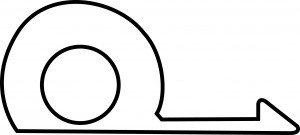
|
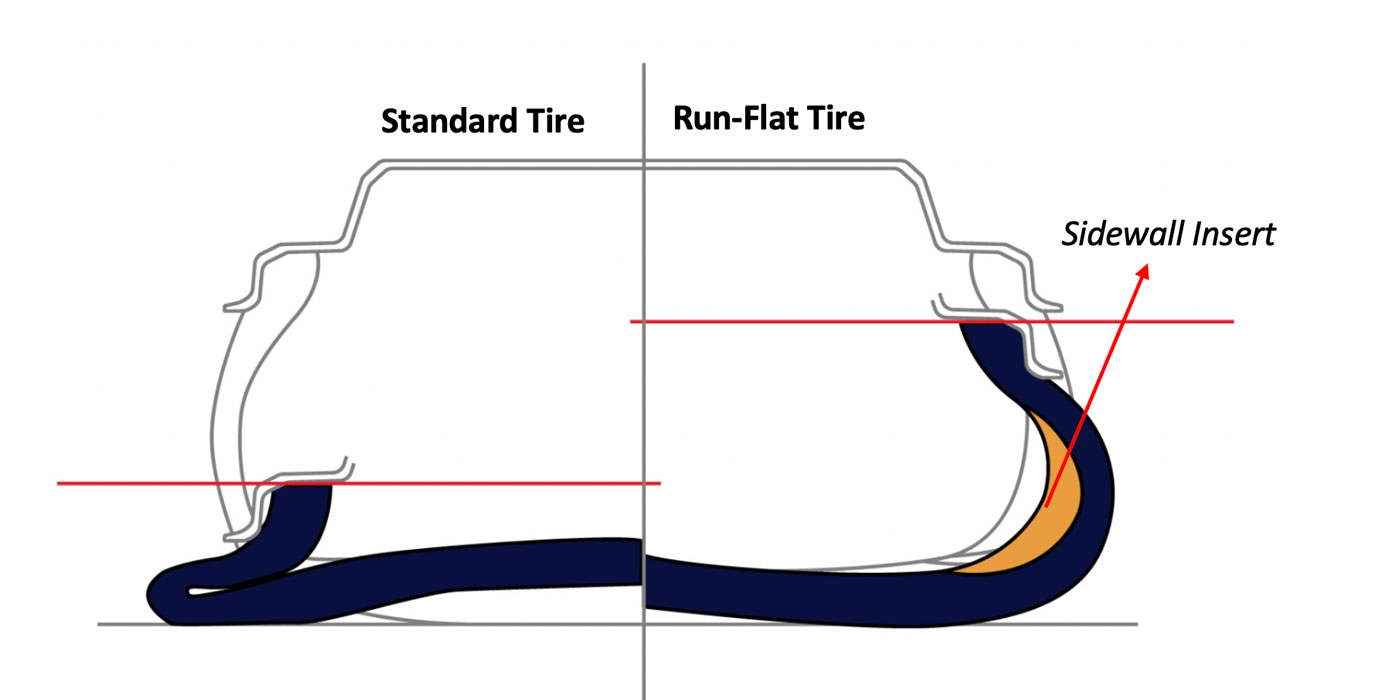
|
To the left is a side by side comparison of a regular tire and what I call the "Bridgestone RunFlat". I do not know what others may call this version. I call it that because I first saw this version in a Bridgestone tire. Please note: I could be wrong about whether or not Bridgestone originated the idea for this version, but regardless, this is the version that is in common use nowadays. |
|
The key to making this work is the crescent shaped hard rubber insert applied to the inside of the sidewall. That insert is so stiff, it prevents the sidewall collapsing. (The engineering term would be "buckling".) The system works best for short sidewalls, so you won't find any RunFlat tires in high aspect ratios - only low aspect ratios. The problem with this configuration is that there is a lot of stress applied to the plies in the middle of the sidewall when the tire is flat. (Area circled in yellow). So this area sometimes fails after a RunFlat tire has been run flat. In a regular tire, you can see such a failure, but because of the thickness of the insert, you can not see this damage in a RunFlat tire. |
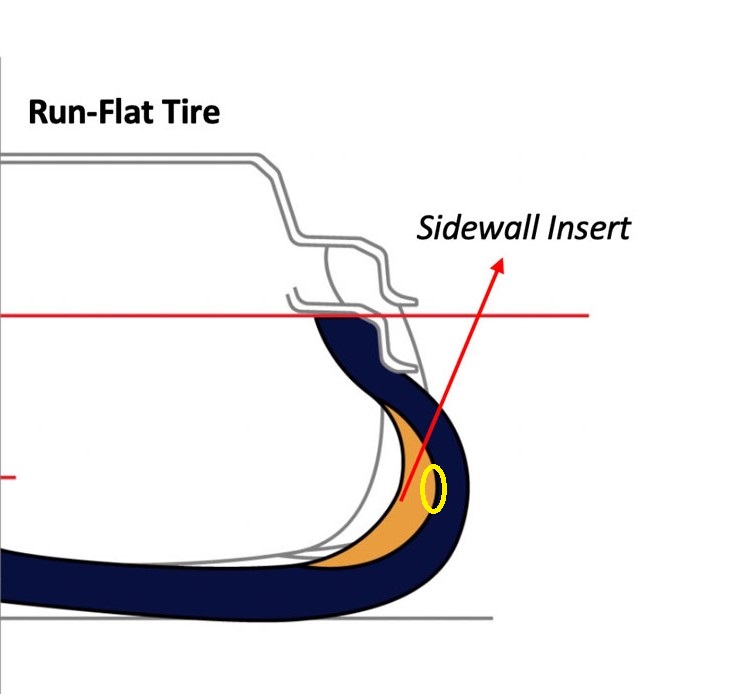
|
|
For this reason, some tire manufacturers do not authorize repairs on their RunFlat tires. They want you to replace the tire, fearing the RunFlat tire may have failed. Please note: tire manufacturers that DO authorize such repairs are merely accepting the risk - not that they are building a better tire. Below is a list from Tire Rack. Source: Tire Rack: Can RunFlat Tires be Repaired? |
|
||

|
Another problem with RunFlats is that it's still likely that the tire will be pushed off the rim when the tire is flat - because the inflation pressure exerts a lot of force to keep the bead in position. To deal with this, car manufacturers use a wheel with an EH2 safety hump (EH2 = Extended Hump, but I've heard it called Enhanced Hump). See the image to the left. The normal safety hump is somewhat smaller. Please note: It's the safety hump that causes the popping noise when the tire is mounted. EH2 wheels require more pressure to seat the bead. I recommend the use lots of mounting lube on both the tire and the wheel as well as the use of a safety cage if the bead doesn't seat by 40 psi! To my knowledge the only place you will find EH2 wheels is on vehicles that come with RunFlat tires from the assembly plant. I am not aware of any wheel manufacturer who makes EH2 wheels for the aftermarket. |
|
And because it is difficult to tell when a RunFlat tire has lost all its inflation pressure. a TPMS (Tire Pressure Monitoring System) is recommended. To my knowledge every car that came with RunFlat tires had TPMS - including those built before they were required by government regulations. Please note that since 2008, the US government has required TPMS's on all cars sold in the US. The European Union has required TPMS since 2012. I am not sure about other places. |

|
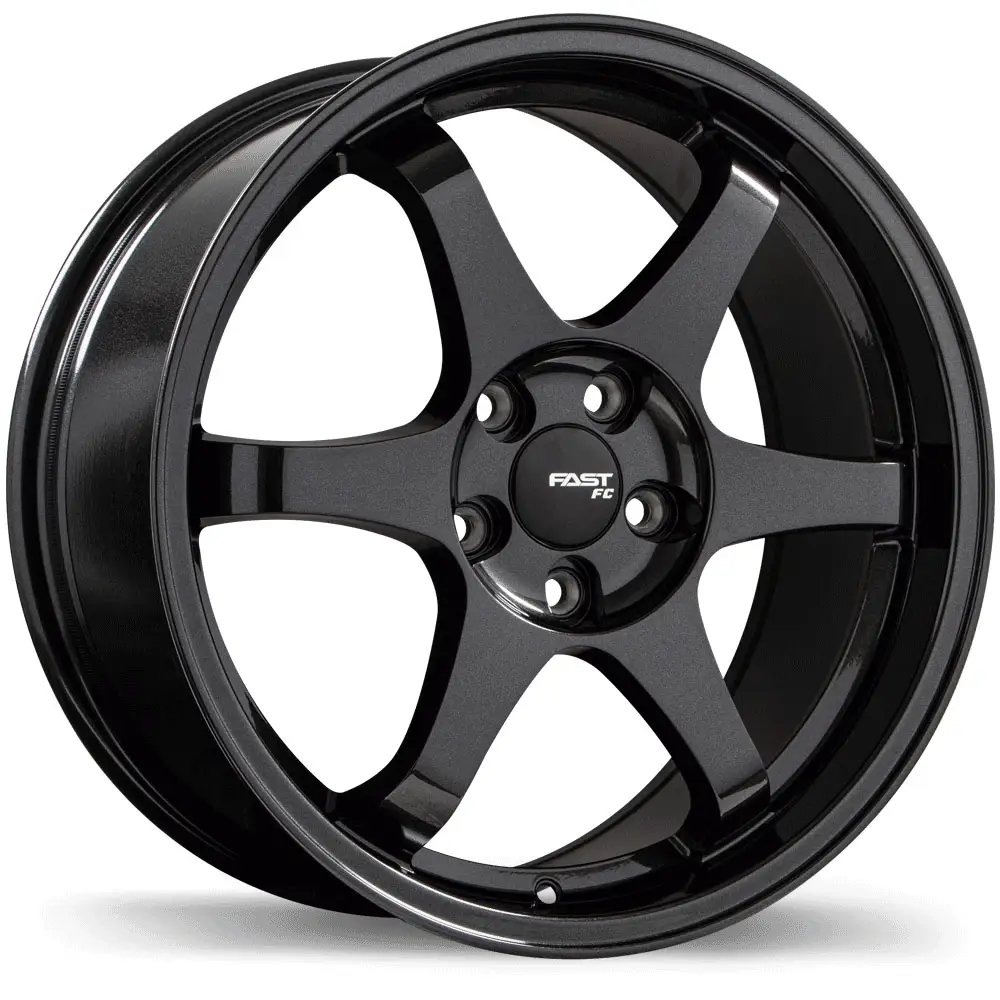
|
Current RunFlat tires and EH2 wheels are compatible with regular tires and wheels. That is, you can use regular tires on the EH2 wheels that came OE on cars equipped with RunFlat tires You can use RunFlat tires on regular wheels. HOWEVER a TPMS is recommended when using RunFlat tires. Please note: I am not endorsing the wheel to the left. I just thought the image changing colors was cool so I used it! |
|
Just like temporary spares, RunFlat tires have a 50 mile (80 km) limitation AND a 50 MPH (80 kph) speed restriction. Exceed that and MORE damage will occur! But the biggest downside is that RunFlat tires are harsher riding that regular tires - because of that stiff insert. The first versions were quite rough, and even though progress has been made, they still are worse than regular tires. They are also more expensive and hurt fuel economy. While they are better accepted than any previous attempts, they still haven't caught on. |

|

|
History For as long as I can remember, the elimination of the spare tire has been a topic of discussion. And it's not just the tire and wheel that is the issue. It's also the jack, lug wrench, and the place to store all this stuff. It's both the weight and the space. Trunks could be designed better if they didn't have to accommodate all that stuff. In the meantime, lighter spares were used - SpaceSaver, temporary spare, donuts, minispares, etc. |
|
There have been several attempts at a RunFlat tire. The most common was some version of an internal support ring like the one pictured to the left. But nothing seemed to catch on. |
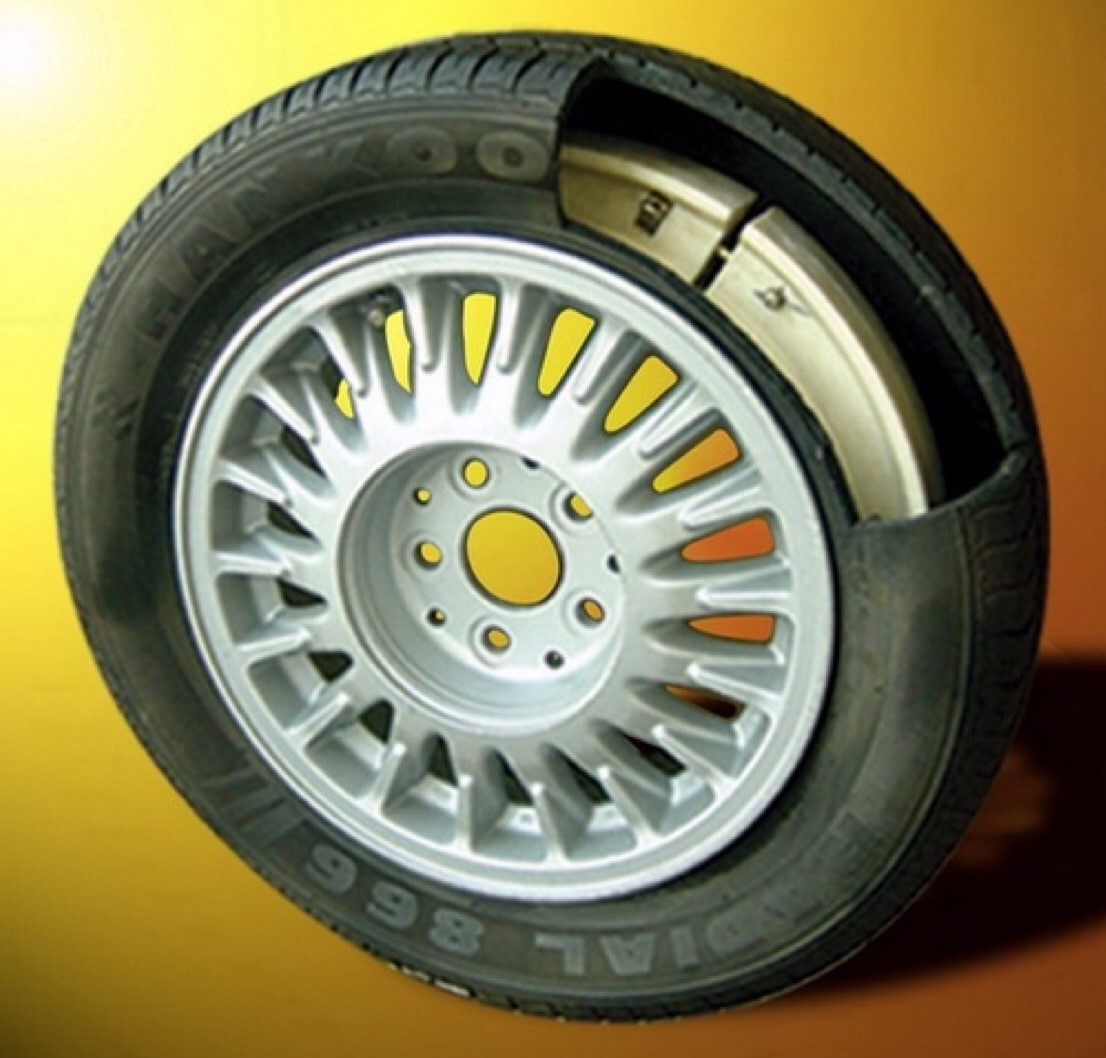 |
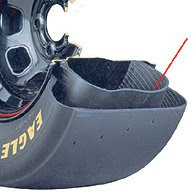
|
Even NASCAR (really Goodyear) got in the act by using a tire-within-a-tire for superspeedway events! It required 2 valves, but still ......! |
|
Sealant Tires While not a RunFlat tire, there have been several attempts using sealant. They had a sealing gel on the inside that would prevent air loss by sealing the puncturing hole. The sealant could seal a hole as big as could be repaired. And you'd never know there was a problem. You could even remove the puncturing object and it would still seal! An example is to the right. Note the rough gel inside. They worked extremely well - 90% effective, the same as RunFlat tires. The only downsides was the additional weight (and that hurt fuel economy slightly), and every so often the sealant wouldn't gel. It would flow and cause balance issues. This became less of a problem as time went on. For some reason, they never caught on. I know of no tire manufacturer who currently makes them. |
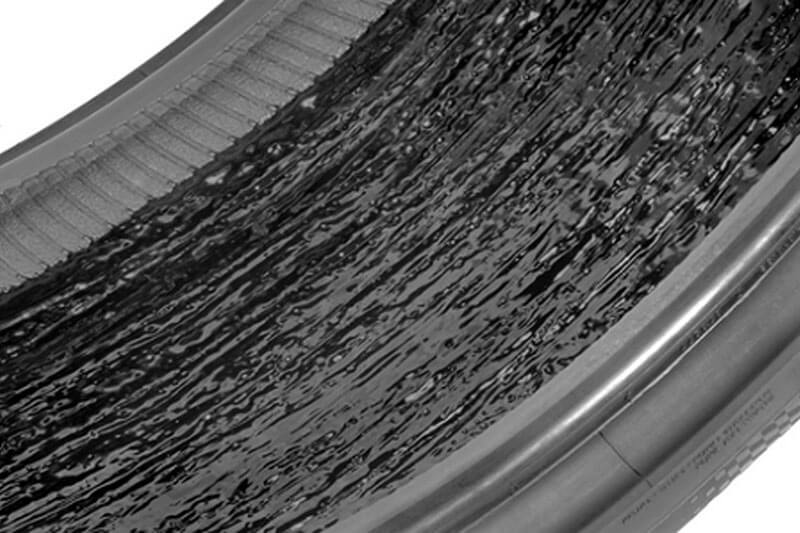
|
|
|